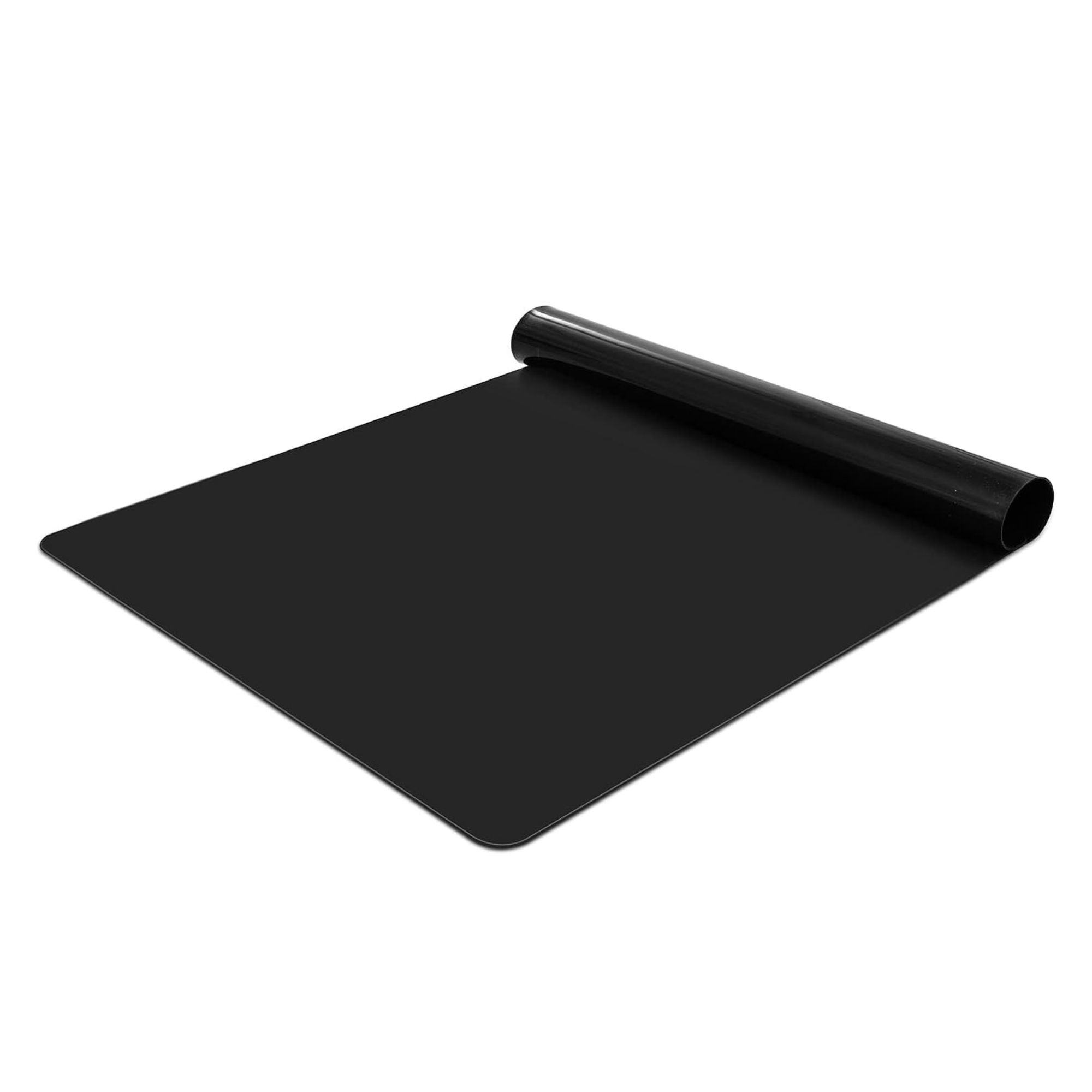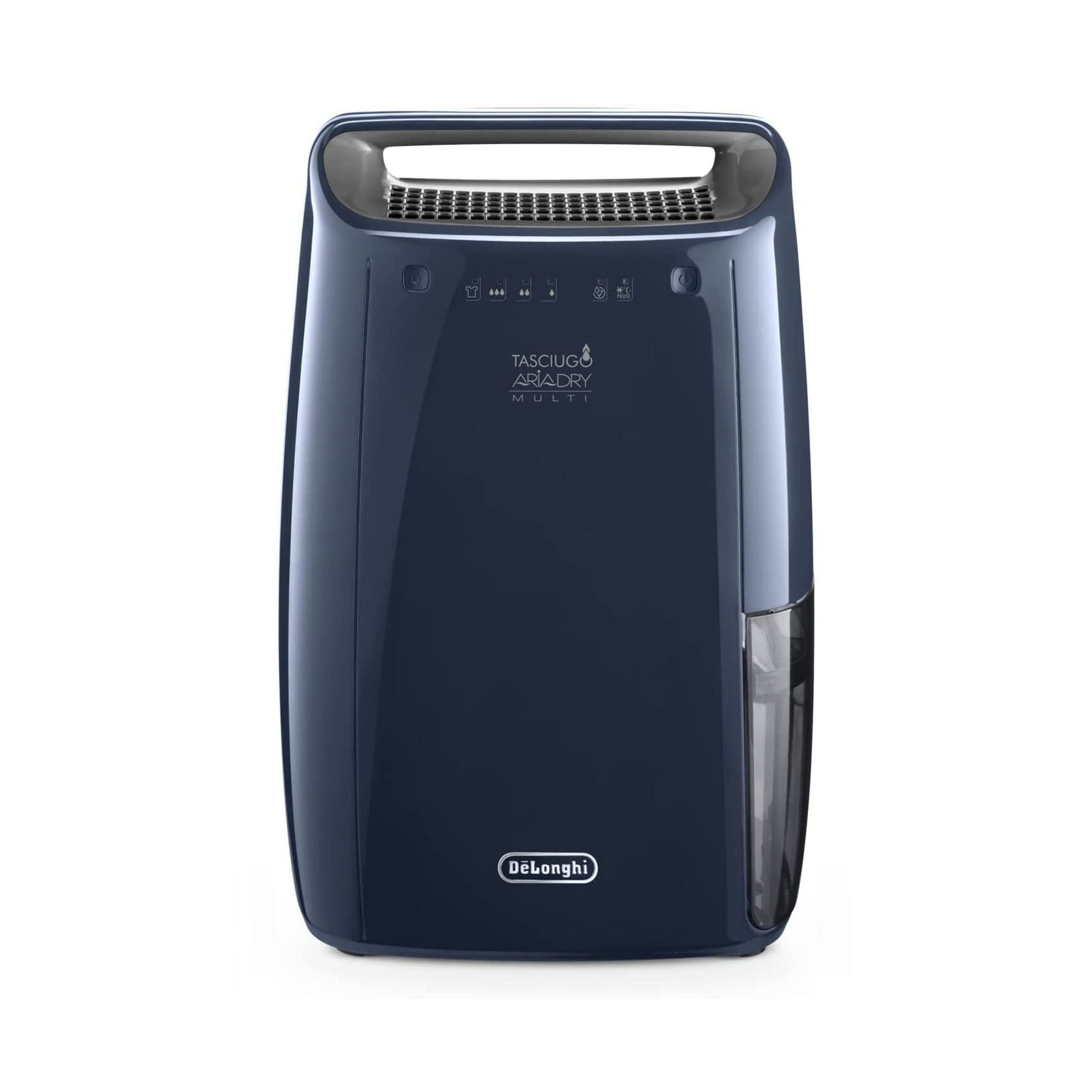Experts warn that heated airers can cause irreparable damage to your floors – here's what to do to prevent it
With the right care and attention, it's possible to use a heated airer AND keep your floors in pristine condition
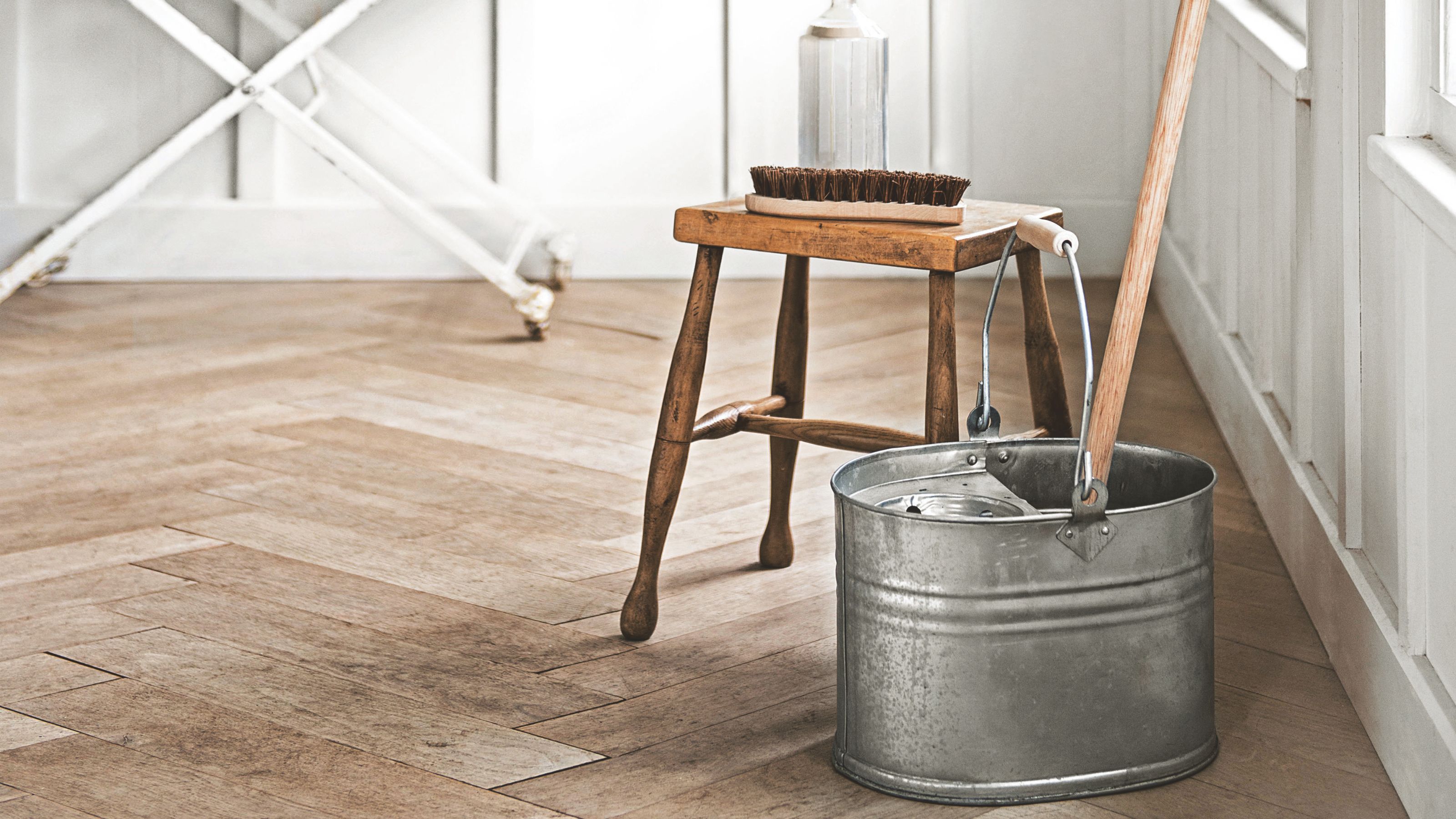

You probably set up your heated airer, load it up with wet clothes, and forget about it for a few hours. However, experts urge homeowners to take extra precautions when using this handy appliance to prevent a heated airer from causing irreparable damage to their flooring.
While the best heated clothes airers can slash drying times during the winter months, it’s important to know how to use it correctly. Using a heated airer improperly, on the wrong type of flooring, and without proper precautions can lead to warping, expensive repairs, and even condensation and mould build-up in your property.
As Liam Cleverdon, Flooring Expert at Flooring King, warns, ‘Although heated clothes airers are deemed a convenient and energy-efficient solution for drying clothes, they can unfortunately cause damage to your flooring.’ So, this is everything you need to know about heated airers and floors - from the damage this appliance can cause to the steps you need to take to prevent it. You could also apply some of these tips when using non-heated airers too.
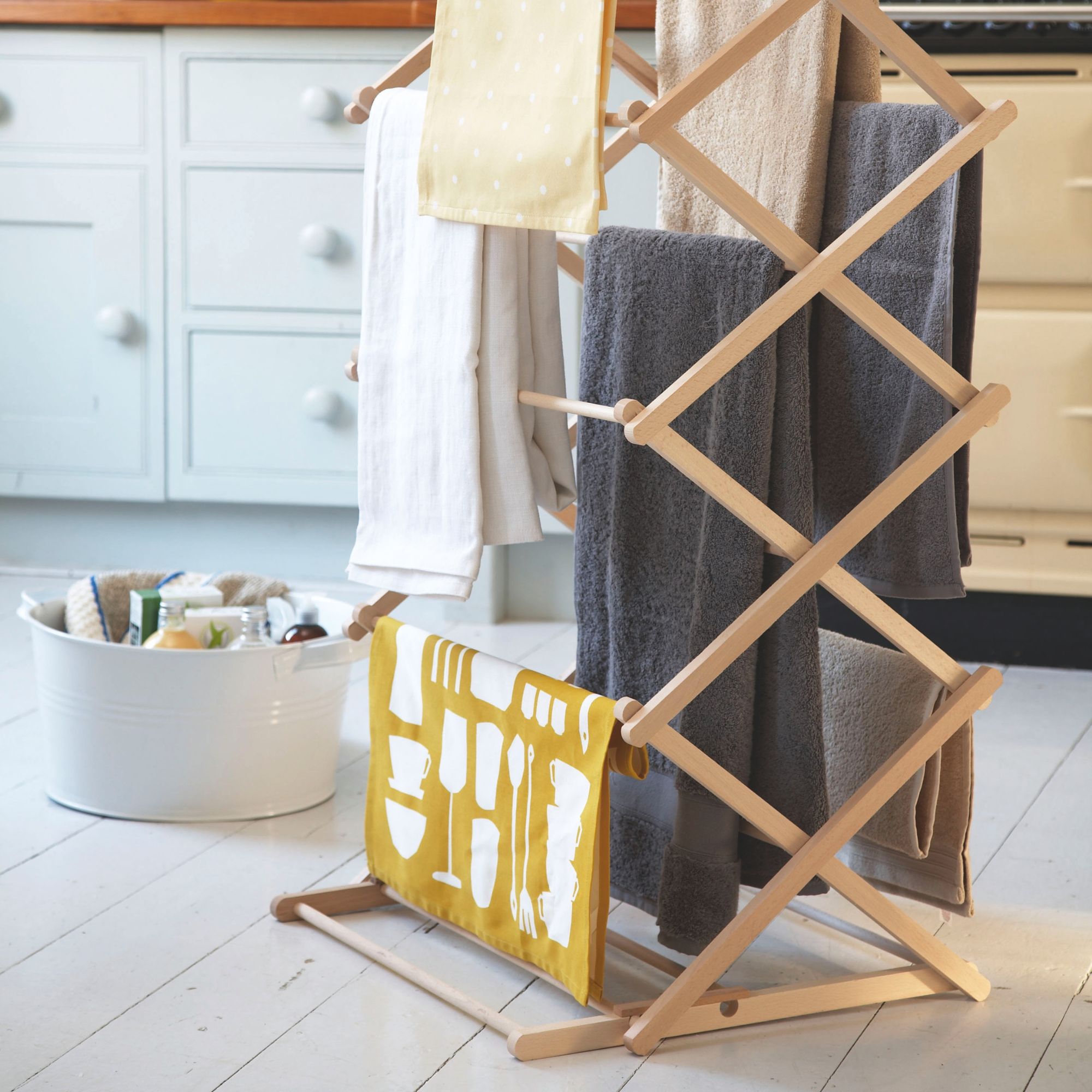
How a heated airer can damage your flooring
Although heated airers come with many perks, there are some downsides you need to consider - especially in regards to your flooring.
1. The heat can cause hard flooring to buckle and warp
What sets a heated airer apart from non-heated airers and even radiator airers is that they’re plugged in and powered by electricity, allowing them to provide constant heat. And while a heated airer typically won’t exceed 30 - 70°C depending on the one you choose, these temperatures are still warmer than what your flooring is used to.
Liam explains, ‘The warmth emitted from heated clothes racks can lead to warping or buckling in flooring materials, particularly hardwood and laminate. This occurs because the intense heat can cause the wood fibres to expand and contract unevenly.’
Of course, exposing your flooring to this excess heat once is bad enough, but most people use their heated airer at least once a week - and often much more than that.
Get the Ideal Home Newsletter
Sign up to our newsletter for style and decor inspiration, house makeovers, project advice and more.
Liam warns, ‘Over time, prolonged exposure to heated temperatures can weaken the adhesive bonds in engineered wood, making the layers susceptible to separation and further damage.’
2. The moisture can lead to mould and mildew growth
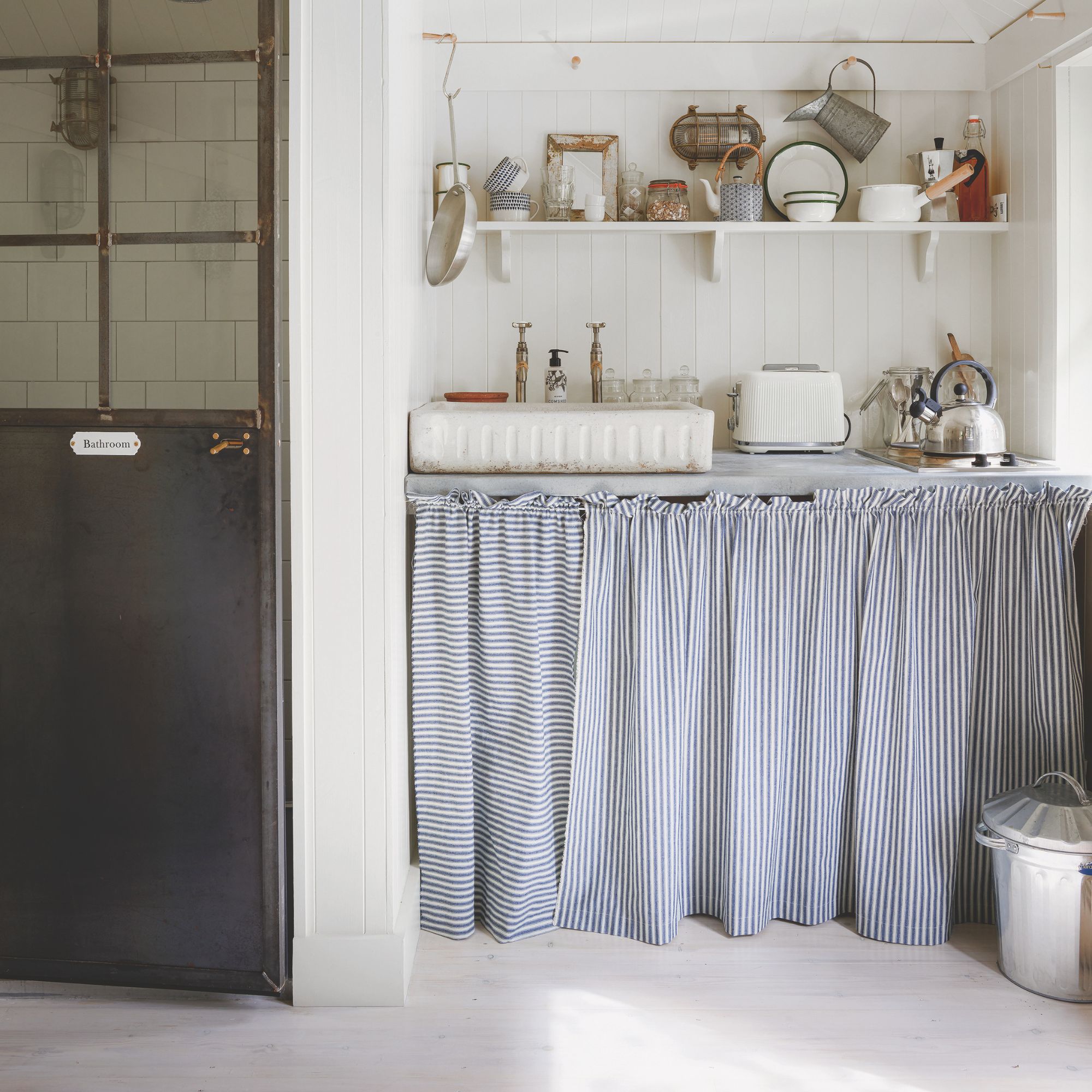
Most of us want to keep damp and condensation away from our homes at all costs, but drying your clothes indoors is one of the worst offenders during the winter months. After all, the moisture from your clothes has to go somewhere.
‘As clothes dry, they release moisture into the air,’ says Liam. ‘This increased humidity can settle on the flooring, creating an environment conducive to mould growth and mildew. Over time, this excess moisture can also lead to damage to various flooring materials, including carpet and wood.’
This is something that heated airer users should consider, no matter the flooring type in their home.
3. The airer itself can lead to dents and scratches
In the grand scheme of things, heated airers are fairly light. This allows them to be moved around and stored between uses. It’s a whole different story when they’re laden with wet clothes, though (as with non-heated airers).
Liam says, ‘It's important to keep in mind that the weight of a clothes rack, along with the items it holds, can cause marks, scratches, or dents on softer flooring materials like vinyl and laminate. Over time, this can impact both the appearance and durability of the flooring.’
This means you may have to replace your flooring earlier than you’d like unless you take precautions when using a heated airer.
How to protect your floors when using a heated airer
Of course, most people don’t want to experience the above. But the good news is that this can be avoided if you take a few precautions and protect your floors when using a heated airer. Here’s what you can do:
1. Choose the right airer
With so many heated clothes airers on the market, it can be incredibly easy to make a heated airer buying mistake. And choosing a heated airer that is low to the ground can cause serious damage to your floor, as mentioned above.
Liam suggests, ‘Consider using heated clothes airers designed with features that reduce heat transfer to the floor, such as elevated bases or insulation materials.’
In fact, it may work in your favour to choose a heated drying pod rather than a heated drying rack, as these are often much taller, and the pods are further from the ground.
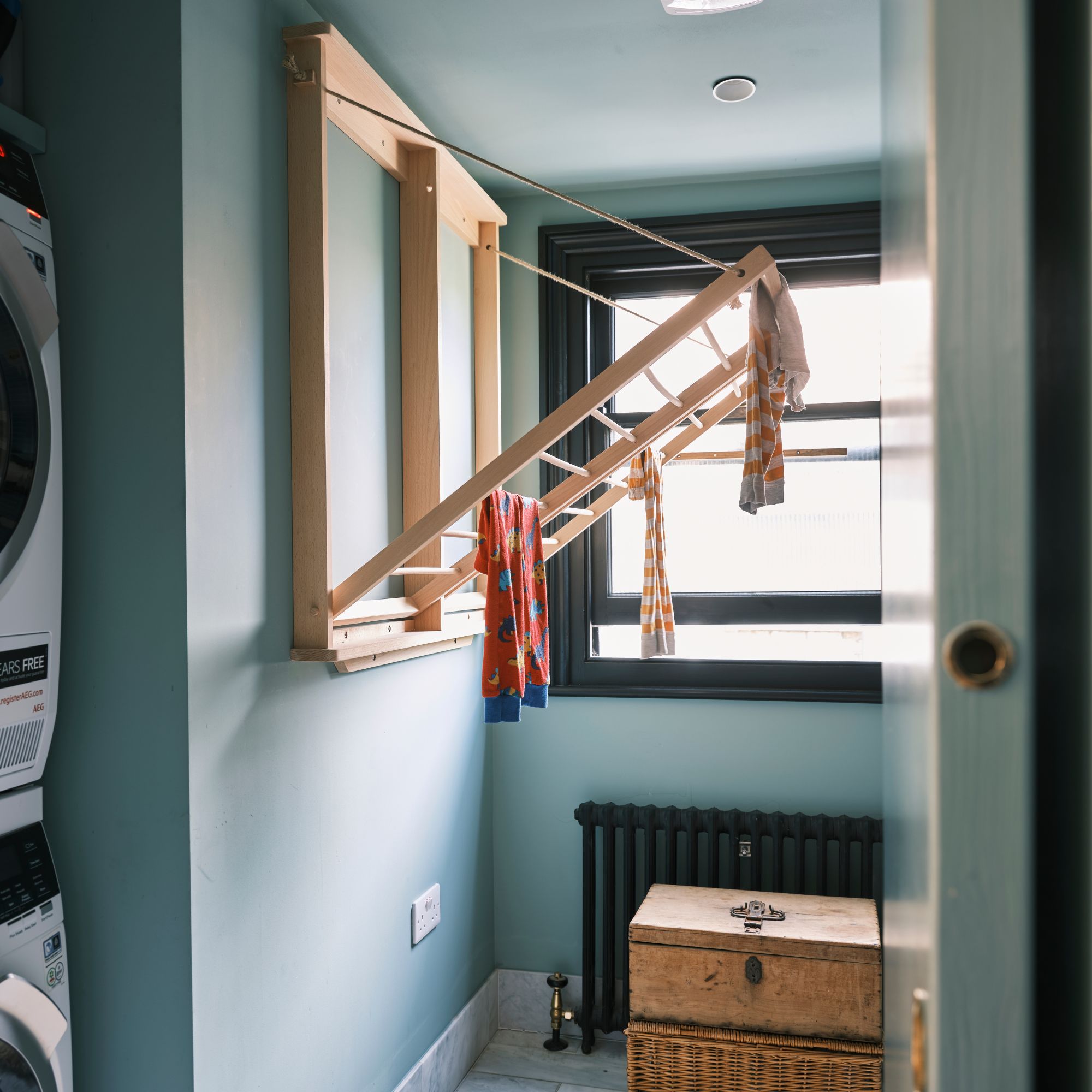
2. Use a heat-resistant mat
If you’re really concerned about how the heat from your heated airer will affect your flooring, experts also suggest placing a heat-resistant mat underneath the airer.
Natalie Mudd, Home expert and Co-founder of Knot & Grain, says, ‘We recommend using a heat-resistant rug to act as a barrier. It’s best to keep an eye out for the temperature of the floor by touching it to see how warm it is.'
If you have particularly wet clothes that could drip onto your floor, this mat will also create a barrier between your flooring and excess moisture. So, it’s well worth it.
3. Use a dehumidifier, too
Something a lot of people don’t realise is that a dehumidifier can dry clothes, too. And if you want to dry your clothes quickly while still using a heated airer, you can combine the drying power of both to limit your flooring’s exposure to heat and moisture.
Kirsty Barton, Marketing Manager at Alternative Flooring explains, ‘Although heated airers are usually designed with feet and push heat above the floor area, it's still best to approach cautiously. When using in an area with carpet or a rug, it’s always best to ensure it has good airflow to avoid any build-up of moisture in the carpets. For spaces where this is more difficult, a dehumidifier can help to remove moisture.’
As if that wasn’t enough, a dehumidifier can also help to control the ambient moisture levels in your home - or at least the room you’re drying your clothes in. This will ultimately prevent mould and mildew.
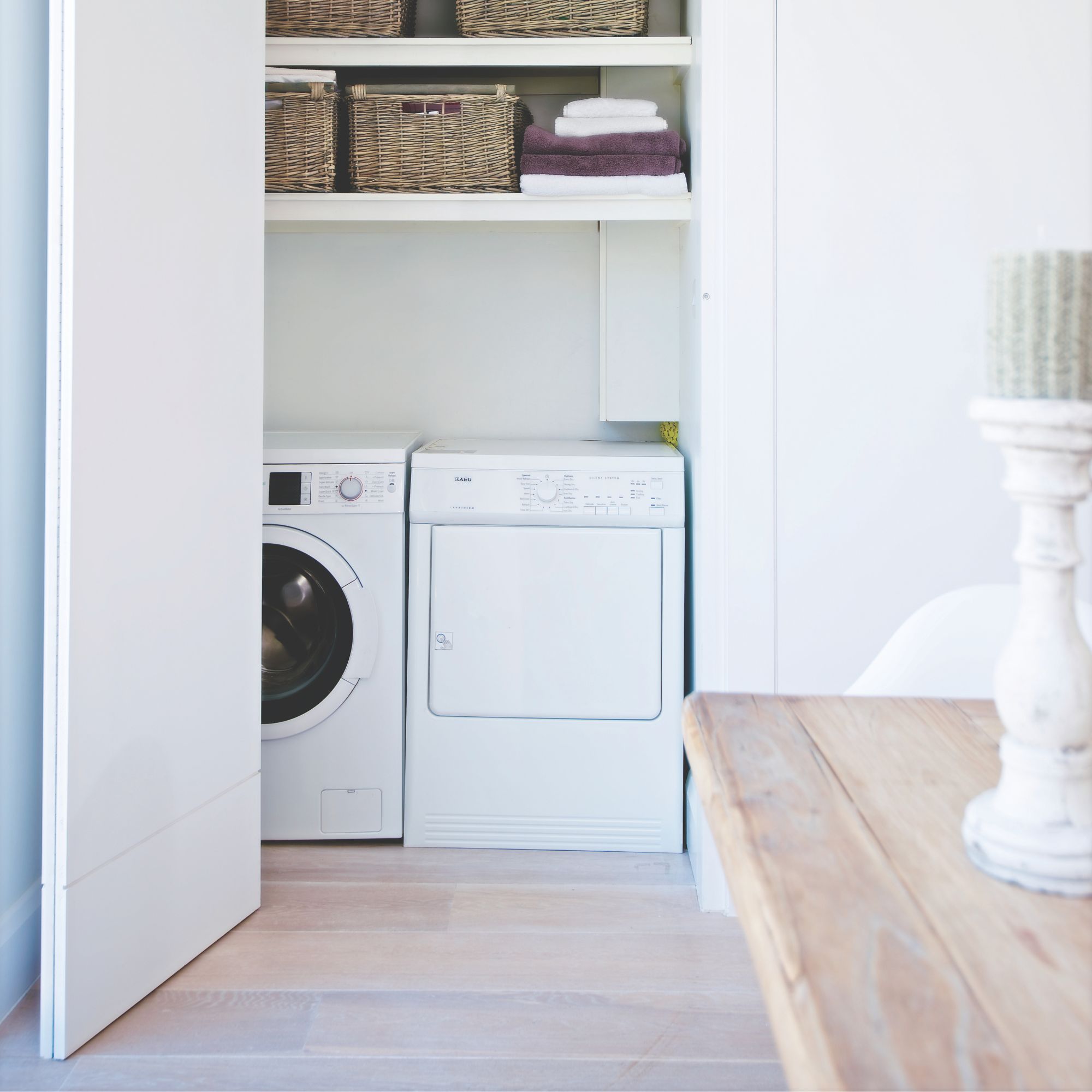
4. Pick the perfect position
Making heated airer mistakes can affect the efficiency of the appliance, but it can also affect your flooring if you’re not careful - especially if you position your heated airer in a corner where moisture can get trapped and cause condensation and mould build-up.
Because of this, you need to pick the perfect position to protect your floors. ‘Position the heated clothes rack away from walls and other furniture to allow for proper air circulation’, advises Liam. ‘This can help minimise heat transfer to your floors and reduce the risk of damage.’
5. Keep an eye on the time
How long a heated airer takes to dry clothes is largely dependent on the material of the garments in question, but Liam also urges homeowners to keep an eye on the time to protect their flooring from a heated airer.
He says, ‘Limit drying time to 2-4 hours per load, depending on the thickness and material of the clothing. This duration is usually enough to dry most items while reducing the risk of excessive moisture in the surrounding area. It's also advisable to check if the clothes are dry before the maximum time is reached to avoid unnecessary use of the heated airer.’
If this isn’t long enough to dry your clothes, you can simply turn the heated airer off after four hours and allow the residual heat to keep drying them. If that still isn’t enough, you can simply rely on your dehumidifier instead.
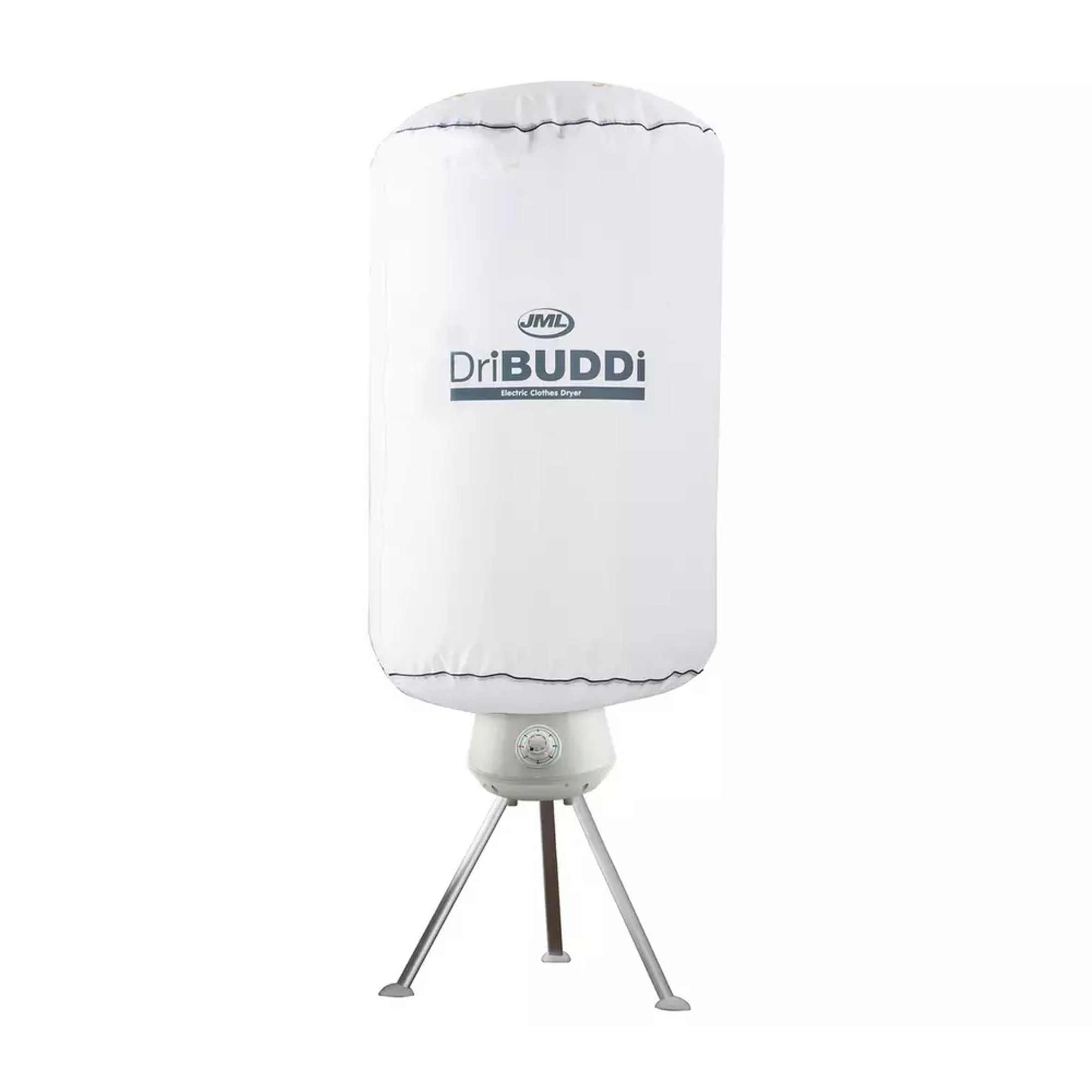
FAQs
Do heated airers make your house damp?
Yes, they can do. The water from wet clothes evaporates as the heated airer works its magic, and that moisture has to go somewhere. Ideally, it would go out of a window or be sucked up by a dehumidifier.
However, if you don’t take these precautions, the moisture will stay in the air and result in condensation, dampness, and even mould.
Are heated airers a fire risk?
Modern heated airers have safety features that make this risk extremely low, but there is still a fire risk when using this appliance. After all, anything electrical can be a fire risk.
Because of this, it’s important to complete essential safety checks before turning on your heated airer and take note of anything that doesn’t seem quite right - from frayed electrical cords to a burning smell.
If you spot any of these signs, stop using it immediately.
With these tips in tow, you can use your heated airer AND keep your flooring safe.

Lauren Bradbury has been the Content Editor for the House Manual section since January 2025 but worked with the team as a freelancer for a year and a half before that. She graduated with a Bachelor’s degree in English and Creative Writing from the University of Chichester in 2016. Then, she dipped her toe into the world of content writing, primarily focusing on home content. After years of agency work, she decided to take the plunge and become a full-time freelancer for online publications, including Real Homes and Ideal Home, before taking on this permanent role. Now, she spends her days searching for the best decluttering and cleaning hacks and creating handy how-to guides for homeowners and renters alike, as well as testing vacuums as part of her role as the Ideal Home Certified Expert in Training on Vacuums, having spent over 110 hours testing different vacuum models to date!
-
 I spent the afternoon looking through Wayfair's garden sale – these are the 6 pieces I'm buying immediately for summer
I spent the afternoon looking through Wayfair's garden sale – these are the 6 pieces I'm buying immediately for summerThese are my must-have garden buys from the sale
By Holly Reaney
-
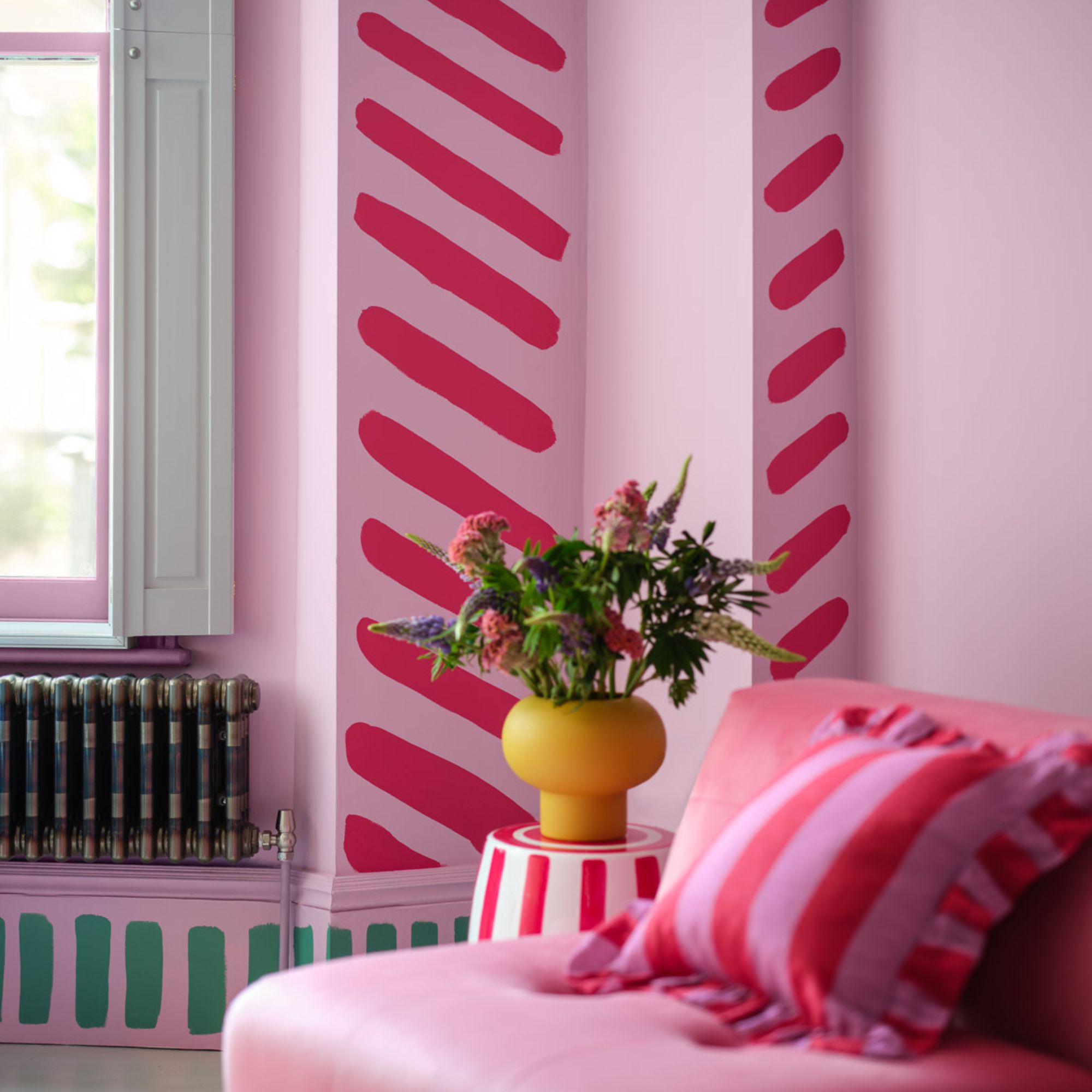 Stripes have got a bold new look – here’s how to make the trend work in your home, according to interior experts
Stripes have got a bold new look – here’s how to make the trend work in your home, according to interior expertsAdd a pop of personality to the classic pattern
By Maddie Balcombe
-
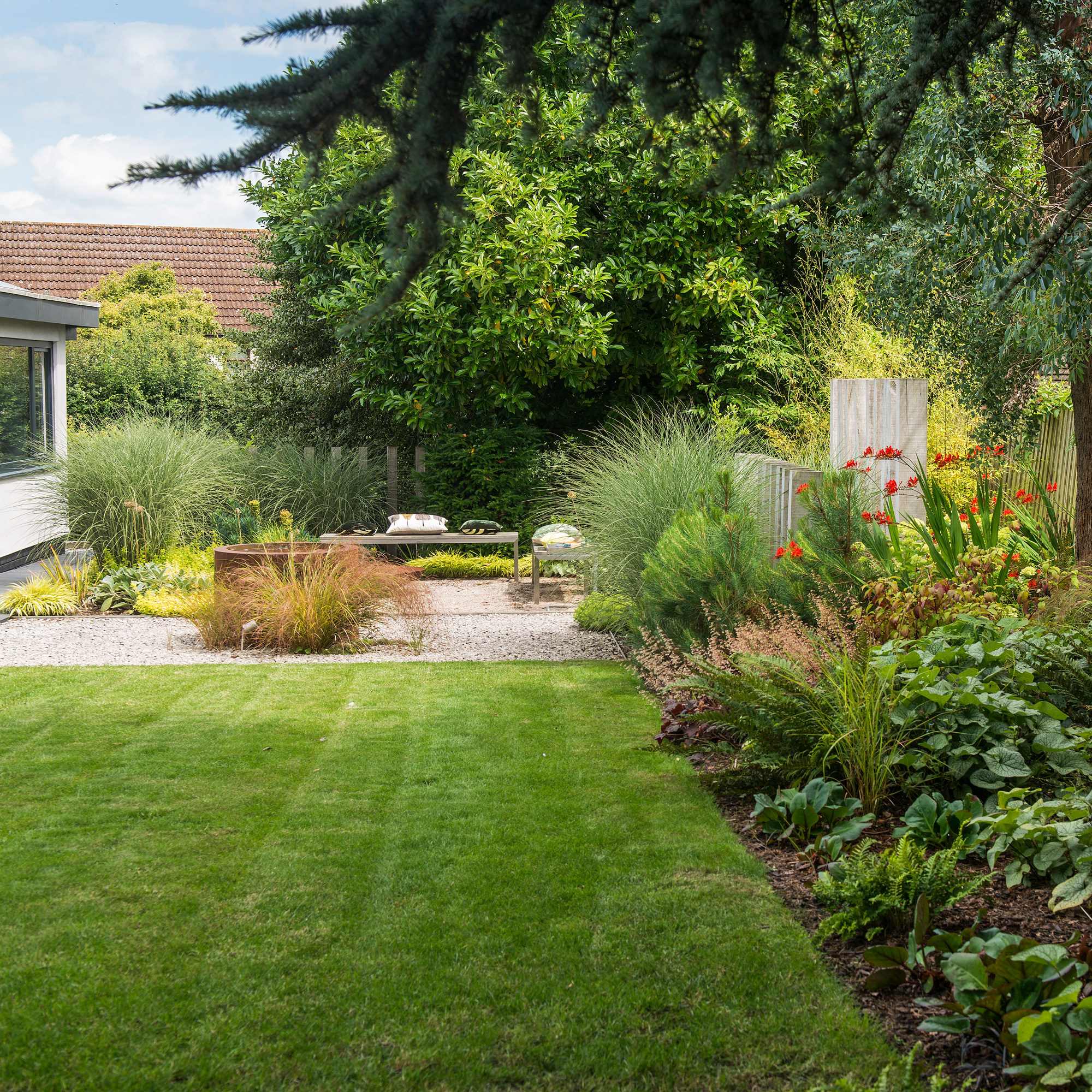 What to do if you've sown the wrong grass seed – experts reveal exactly how to fix it and get your dream lawn back on track
What to do if you've sown the wrong grass seed – experts reveal exactly how to fix it and get your dream lawn back on trackDon't panic! Follow this easy guide to putting it right
By Natalie Osborn
-
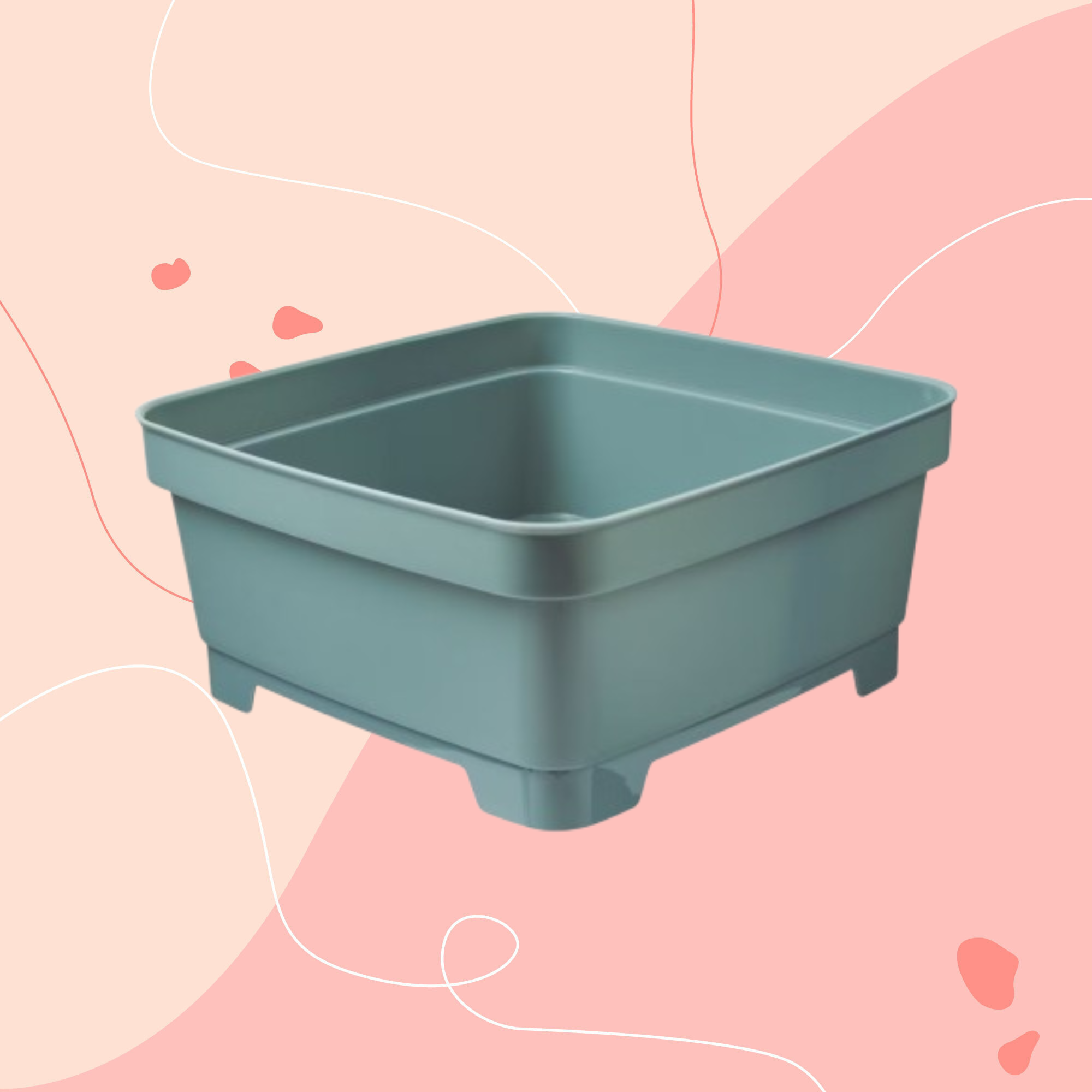 Aldi is releasing a budget alternative to the cult Joseph Joseph washing up bowl – it’s just £4.99
Aldi is releasing a budget alternative to the cult Joseph Joseph washing up bowl – it’s just £4.99The Joseph Joseph washing up bowl is an Ideal Home favourite - now we can't wait to try Aldi's alternative
By Kezia Reynolds
-
 I just bought my first home, and this £10 buy was the very first thing I bought for it to make it feel warmer and secure
I just bought my first home, and this £10 buy was the very first thing I bought for it to make it feel warmer and secureIf I did it all again, this would still be my very first buy
By Rebecca Knight
-
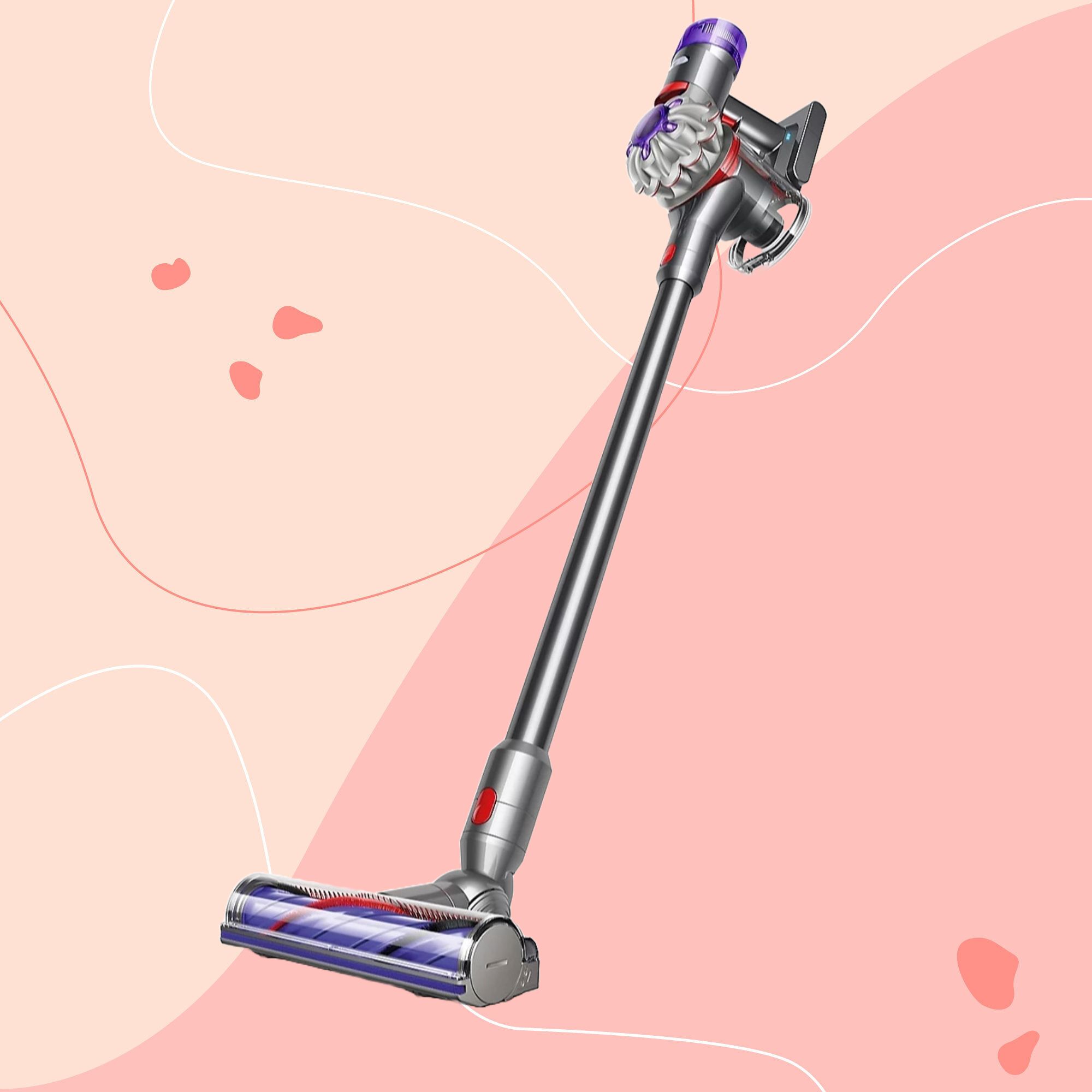 It’s normally impossible to find a Dyson vacuum for under £250 — but QVC has slashed the price of their bestselling models for a limited time
It’s normally impossible to find a Dyson vacuum for under £250 — but QVC has slashed the price of their bestselling models for a limited timeRun don’t walk to pick up the brand’s bestselling model for under £230 before it sells out
By Lauren Bradbury
-
 Catherine Zeta-Jones has revealed the cleaning product she swears by to keep her home fresh - and it’s just £8 on Amazon
Catherine Zeta-Jones has revealed the cleaning product she swears by to keep her home fresh - and it’s just £8 on Amazon'I use it on my counters. I use it on my walls. I use it on my doors. When I smell it, I know my house is clean.'
By Kezia Reynolds
-
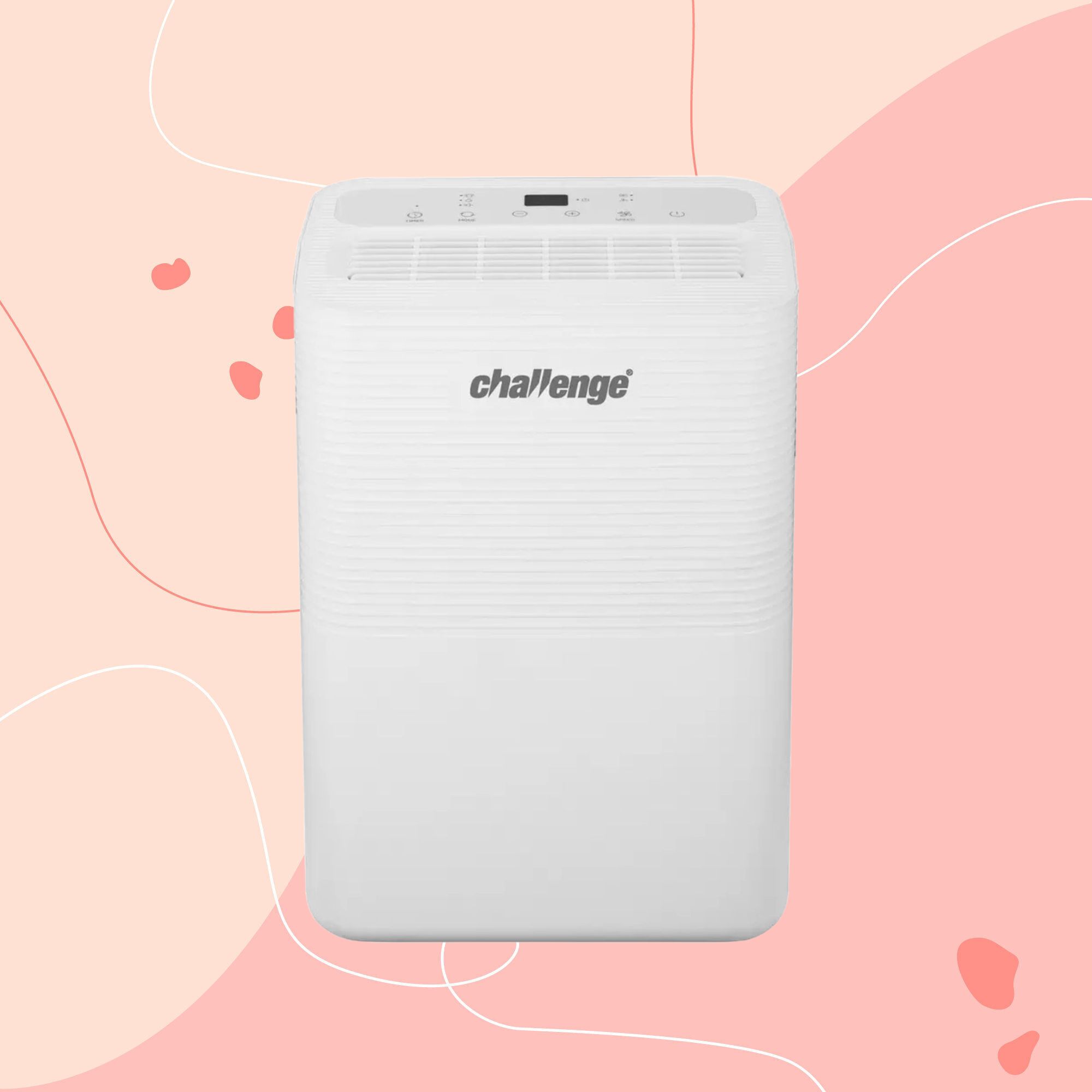 I tested the 12L Challenge dehumidifier in my damp Victorian home over winter — I haven’t spotted any signs of mould for the first time in five years
I tested the 12L Challenge dehumidifier in my damp Victorian home over winter — I haven’t spotted any signs of mould for the first time in five yearsThe Challenge 12L dehumidifier doesn’t have too many bells and whistles, but I can already see the difference it’s made to my damp home
By Lauren Bradbury
-
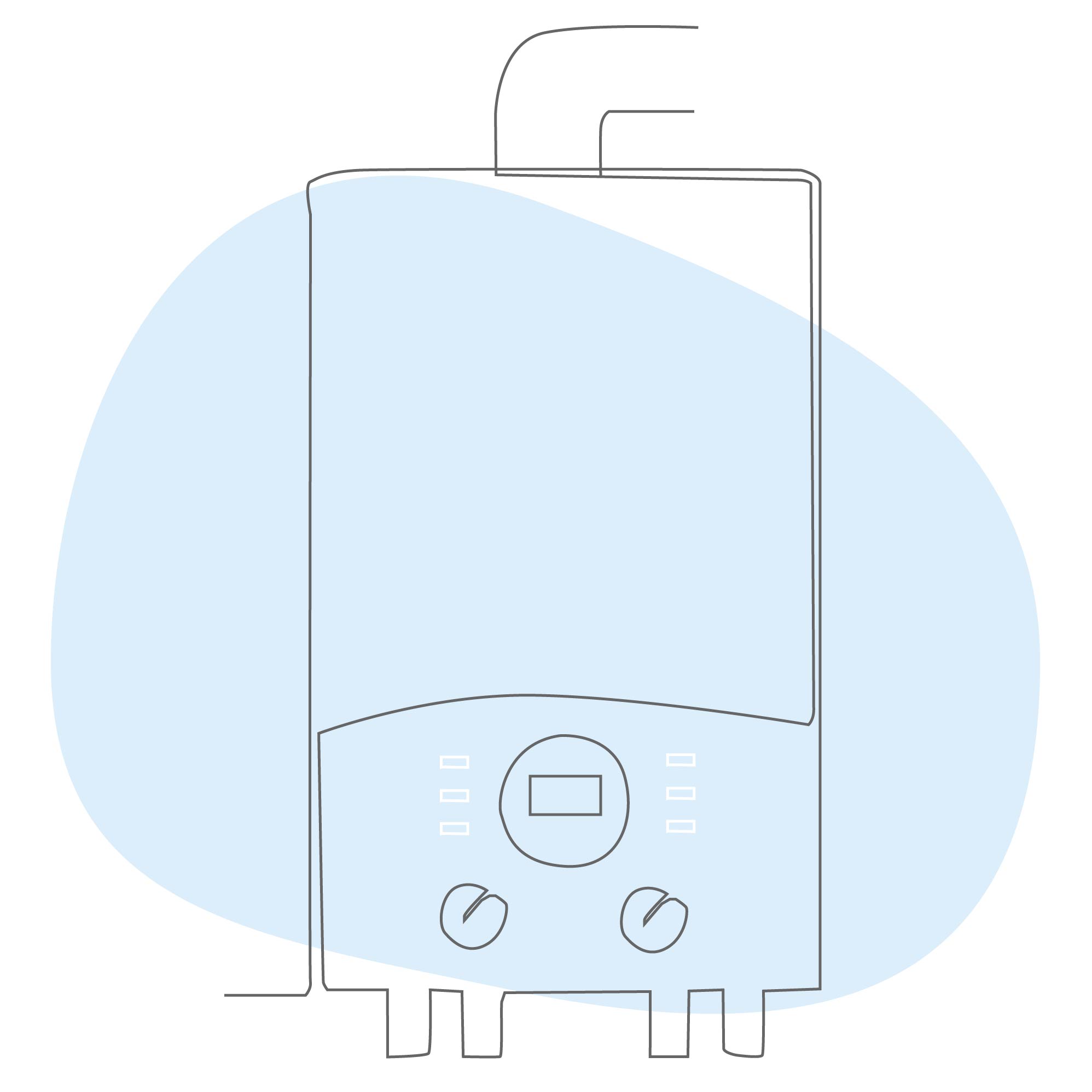 What is boiler flow temperature? Heating experts urge you to check yours now as you could be overpaying on your energy bills
What is boiler flow temperature? Heating experts urge you to check yours now as you could be overpaying on your energy billsTurning this little-known number down just a few degrees can result in some serious savings
By Lauren Bradbury
-
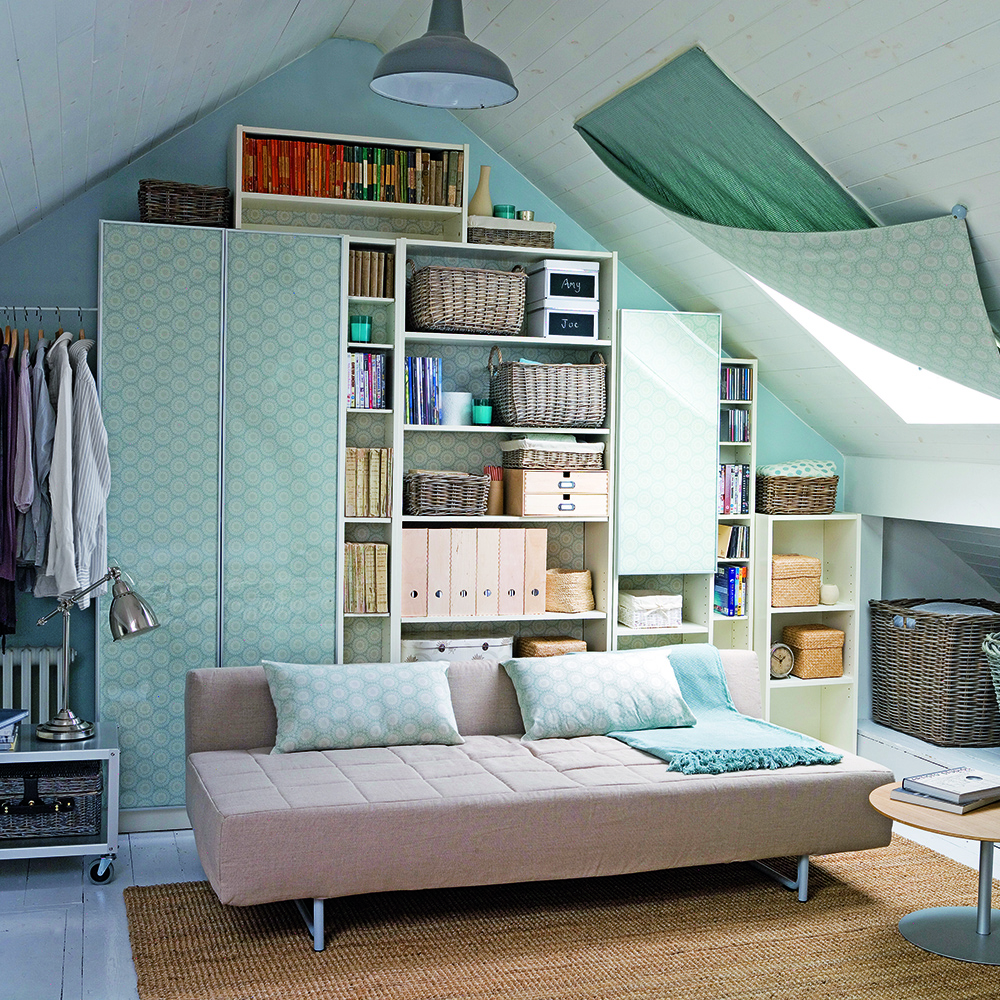 Stacey Solomon has shared 5 nifty wardrobe storage hacks to make getting ready in the morning easier — and they're genius
Stacey Solomon has shared 5 nifty wardrobe storage hacks to make getting ready in the morning easier — and they're geniusThese five wardrobe storage hacks are a gamechanger
By Katie Sims
-
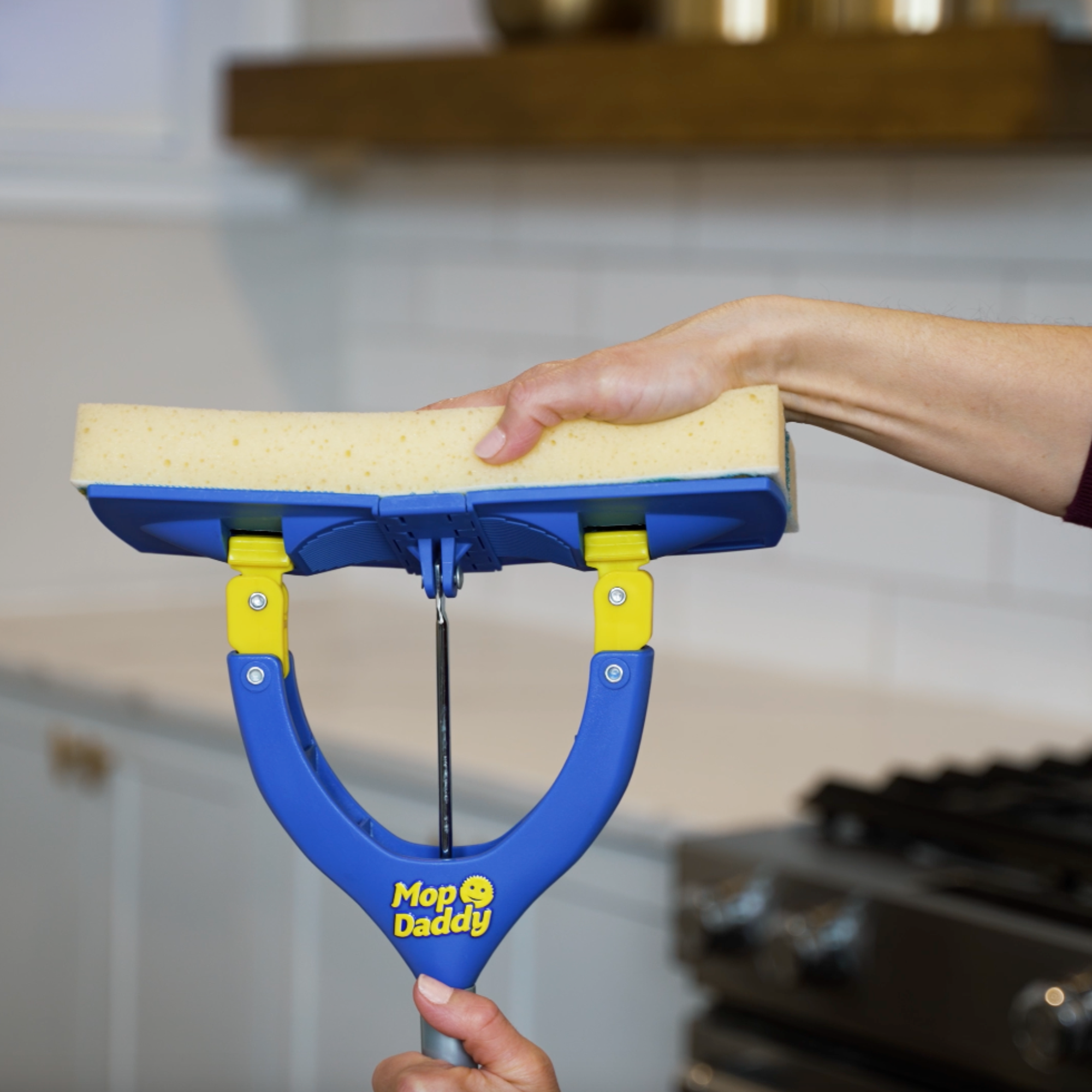 Cult cleaning brand Scrub Daddy has just launched a brand new butterfly mop — could it be the ultimate solution for banishing stubborn marks on your floor?
Cult cleaning brand Scrub Daddy has just launched a brand new butterfly mop — could it be the ultimate solution for banishing stubborn marks on your floor?We're obsessed with all things Scrub Daddy
By Kezia Reynolds
